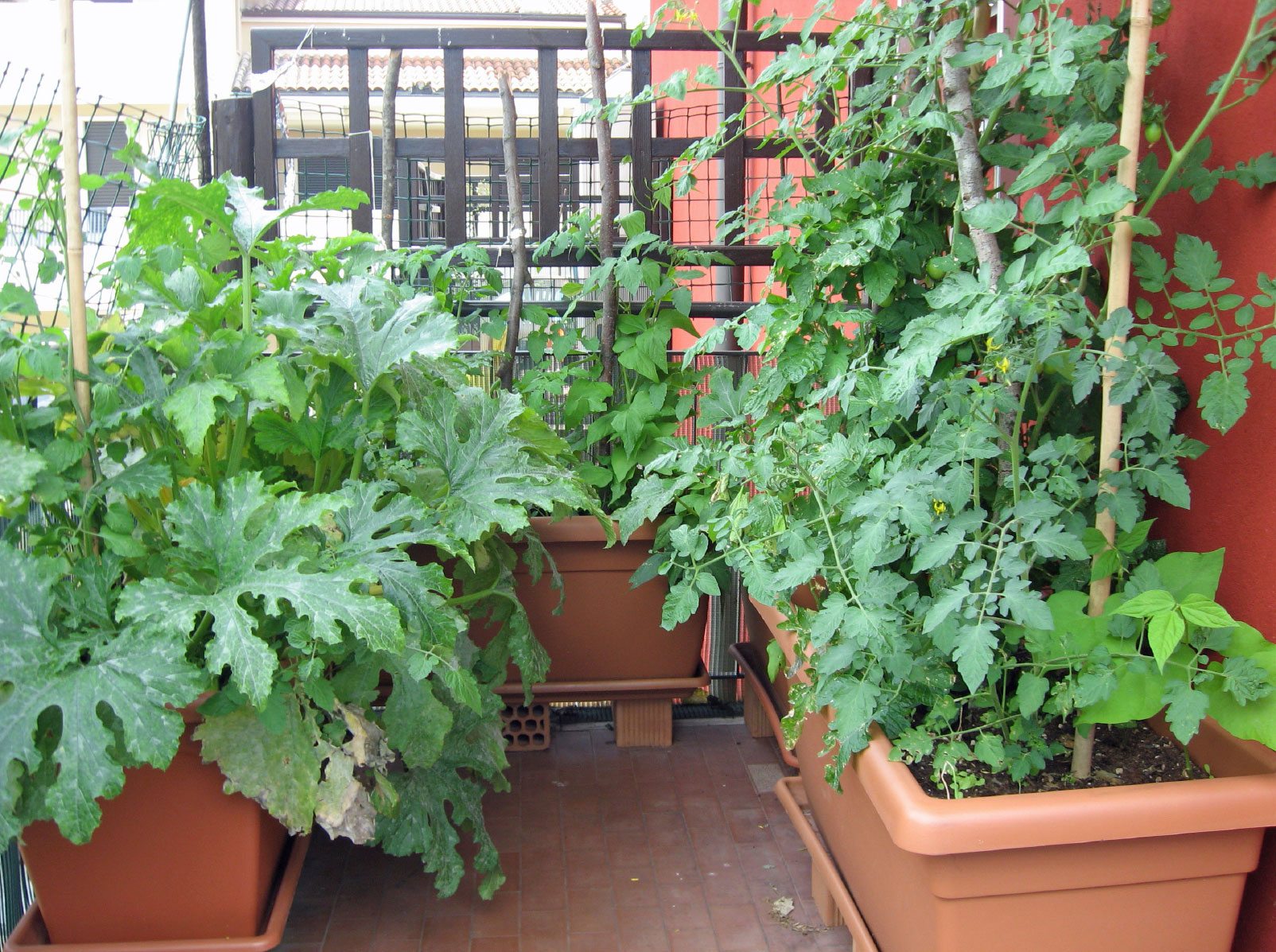An Unbiased View of City Blooming
Table of ContentsCity Blooming for DummiesThe Best Guide To City BloomingAll about City BloomingIndicators on City Blooming You Need To KnowAll About City Blooming
Interested in growing food for sale in the City of Chicago? Below is a checklist of regularly asked questions pertaining to the regulations and policies that farmers must think about when planning a city agriculture project.
The zoning modification does not change any type of various other codes handling composting, structure authorizations, purchasing or renting City possessed building, business licenses or ecological contamination. There are existing codes that manage these problems and they stay in complete effect and might be appropriate to your project. Area gardens are normally had or handled by public entities, civic organizations or community-based organizations and preserved by volunteers.
Urban farms grow food that is meant to be marketed, either on a not-for-profit or for-profit basis. Due to their industrial function, urban farms require a company permit. Yes. An area yard is permitted to sell surplus produce that was grown on website if the sales are accessory or secondary to the yard's main objective described above.
Getting My City Blooming To Work
Composting is enabled however just for plant material that is generated and utilized on website. The amount of garden compost material can not exceed 25 cubic backyards at any kind of provided time according to the criteria in 7-28-715 of the City's Municipal Code. Yes. Because the soil at a lot of new garden sites needs amending, compost, soil, wood chips, or various other products can be obtained to create or boost the growing space - fruit and vegtables.

If a building license is called for then the hoophouse will certainly be taken into consideration an accessory building. You can learn even more regarding the structure authorization needs by contacting the Department of Structures. The 25,000-square-foot dimension restriction is planned to avoid a single community garden from dominating a provided block or interfering with the block's existing domestic or commercial character.
The limitation does not apply to yards situated in Public Open Room (POS) areas. Can there be more than one community garden that is 25,000 square feet on a solitary block? Fencing is not called for, however, gardens that have big vehicle parking locations might be called for to set up fencing or various other landscape design attributes.
Some Known Facts About City Blooming.
B1 & B2 districts call for that all commercial usage activities be carried out inside your home. R areas restrict industrial task. The policies show the function and intent of the Zoning Code. Is secure fencing needed for urban farms? Yes. Fencings might be called for, together with landscape design and testing, for sure parking lot and exterior work or storage space areas relying on place and the certain task occurring.
Urban farms need structure permits and zoning approvals prior to building (eco-friendly practices). Various other types of city review may be needed depending on specific structures, tasks, dimension, landscaping, licensing, public heath and stormwater monitoring issues.
The Division of Company Affairs and Customer Security can aid identify the specific type of company certificate that's called for. Off street vehicle my latest blog post parking is needed for most business tasks in Chicago. The needed number of car park rooms is based on the number of employees working on site and not the square video footage of the expanding room.
The Best Guide To City Blooming

Yes. A city farm can offer garden compost material created on website, however, the procedure has to comply with the regulations in 7-28-715 of the Chicago Municipal Code. Yes. Aquaponic systems are permitted indoors on urban farms in lots of zoning districts. Nevertheless, a zoning review and structure authorization is needed in order to mount structures or systems and a service license is required as defined above.
As much as 5 hives or swarms of honey might be maintained as an accessory usage. Beekeepers must sign up with the Illinois Department of Agriculture. For more details about the suggested zoning amendment you might get in touch with the Department of Housing and Economic Development, Bureau of Planning and Zoning at 312.744.8563.
Farming in cities and urban areas A city farm in Chicago. Urban agriculture describes numerous methods of growing. https://mcliouw-keings-breuncy.yolasite.com/, handling, and distributing food in metropolitan areas. The term also puts on the area activities of animal husbandry, aquaculture, beekeeping, and cultivation in a metropolitan context. Urban farming is identified from peri-urban agriculture, which happens in country areas at the edge of suburbs.
The 15-Second Trick For City Blooming
, who seek to create social networks established on a shared values of nature and community holism. These networks can develop by means of formal institutional support, coming to be incorporated right into neighborhood town planning as a "transition community" motion for lasting urban growth.
Some of the first proof of urban farming comes from Mesopotamia.